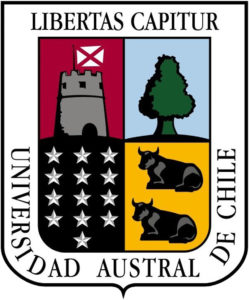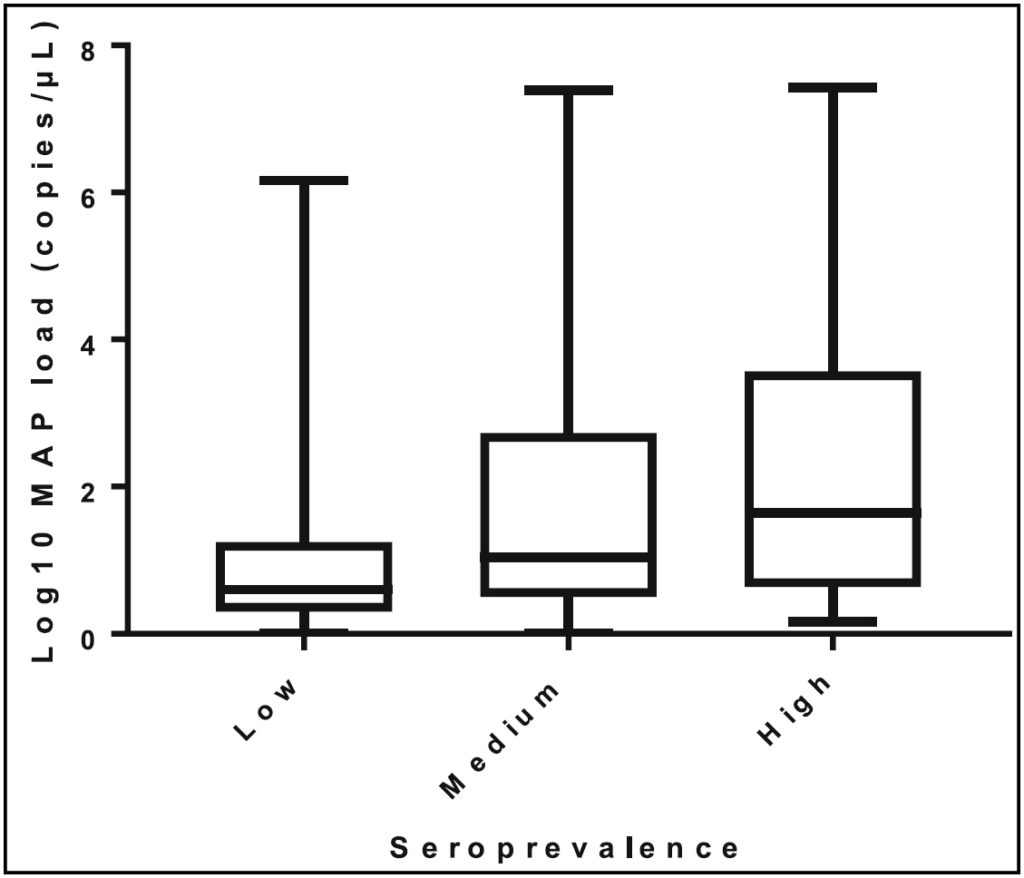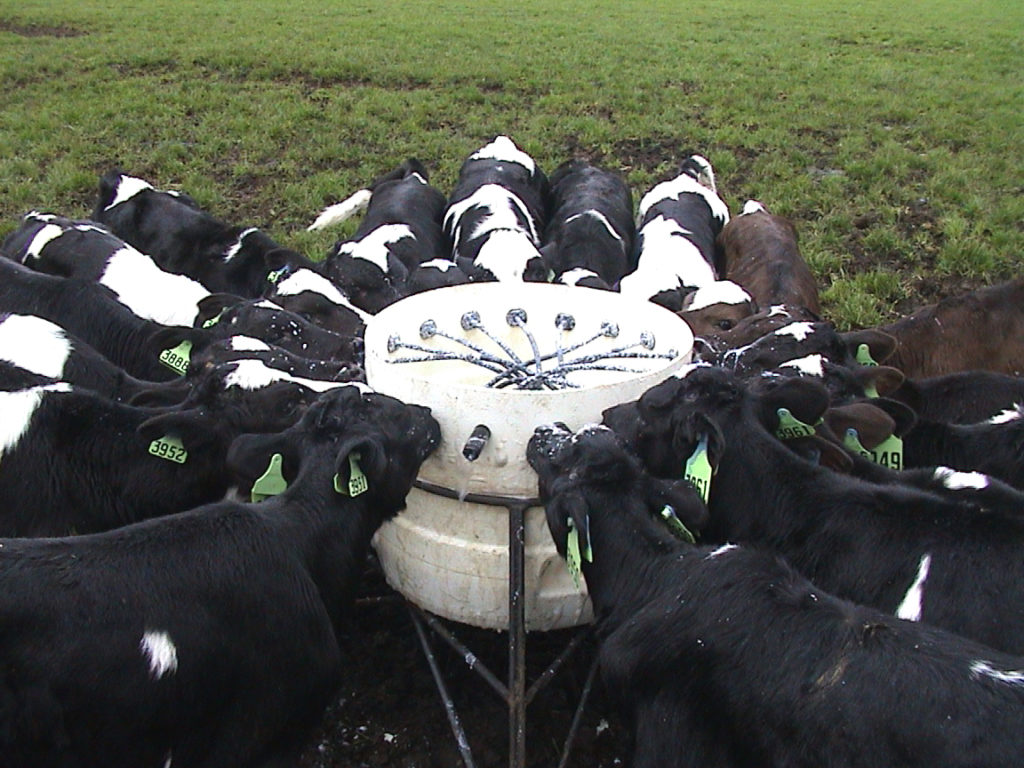 Dr. Pamela Steur published a study regarding MAP transmission on Chilean dairy farms as part of her doctoral dissertation in the laboratory of Dr. Miguel Salgado, Instituto de Medicina Preventiva Veterinaria, Facultad de Ciencias Veterinarias, Universidad Austral de Chile, Valdivia, Chile. Her article appears in the journal Tropical Animal Health and Production.
Dr. Pamela Steur published a study regarding MAP transmission on Chilean dairy farms as part of her doctoral dissertation in the laboratory of Dr. Miguel Salgado, Instituto de Medicina Preventiva Veterinaria, Facultad de Ciencias Veterinarias, Universidad Austral de Chile, Valdivia, Chile. Her article appears in the journal Tropical Animal Health and Production.
This interesting study found an association between the seroprevalence of MAP infections in dairy herds based on ELISA (IDEXX) and the number of MAP in milk intended for feeding to calves. MAP detection in milk was enhanced by use of peptide-mediated magnetic separation (PMS) technology as developed and refined in the laboratory of Dr. Irene Grant, Queens University Belfast. Up to 1 million MAP per milliliter of milk were detected. This figure from their publication illustrates the association of herd seroprevalence and level of MAP in milk intended for feeding to calves.

Comments: This study highlights how a MAP infection epidemic gains momentum as the number of cows shedding MAP steadily rises and the rate of contamination of milk being fed to calves increases in parallel. Milk is perhaps the most efficient vehicle for transmission of MAP to the most susceptible animals in dairy herds, calves. Some of the MAP in milk is directly excreted from the udder but the majority probably come with fecal contamination of the milk. While dairy producers in some countries can afford to use on-farm pasteurizers or purchase calf milk replacer (pasteurized powdered milk) as a means of protecting calves from MAP, this is not always an option. Moreover, when bulk feeding of milk to calves is practiced (instead of milk from one cow to one calf) the infection rate accelerates quickly. Pictured here is an example of a “calfeteria” in use on a Chilean dairy farm.
